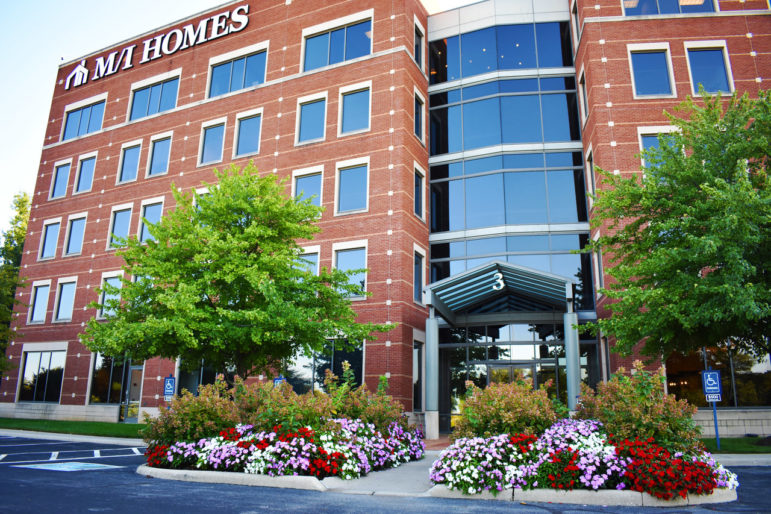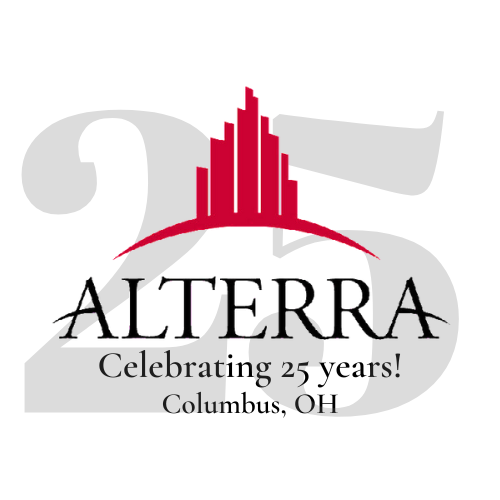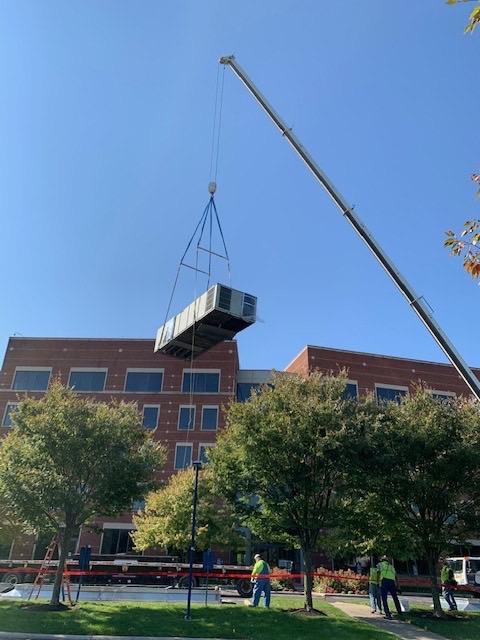Potential tax benefits offer cost savings in addition to spread-out payments of PACE financing.A state agency tasked with improving Ohio’s air quality wants to remind businesses about a program to help finance projects that reduce pollution. The Ohio Air Quality Development Agency issued more than $450 million in air quality revenue bonds for 29 projects in 2019. It’s unlikely to match that record high this year due in part to the pandemic, but officials are seeking more applications. The financing could help businesses to better navigate the current economic depression while cutting back on pollution. Funding can also help Ohio’s energy efficiency sector maintain some momentum despite the elimination of the state’s utility efficiency requirements as part of last year’s House Bill 6 power plant bailout law. “We are helping to stimulate local economies with building infrastructure improvements and creating jobs while improving the health and safety of all Ohioans,” said Christina O’Keeffe, executive director of the Air Quality Development Agency. Primarily, the agency acts as a conduit bond issuer. That allows “for private businesses to issue their debts through our agency for projects that are aligned with our purpose.” This summer, for example, the agency approved $2 million in financing for projects at Alterra Real Estate Advisors’ five-story office building at 3 Easton Oval in Columbus. Opportunities to purchase property there don’t come up often, and the building is right at the entrance to one of the country’s top mixed-use developments, said Brad Kitchen, Alterra’s president. But the company knew at the outset that substantial renovations would be needed for the building, which was constructed in 1995. Work is roughly halfway done and should be substantially complete in the spring. New HVAC units are in place, and work on a new roof and solar panels should wrap up by the end of this year, Kitchen reported. An LED lighting retrofit is also in process, along with elevator upgrade controls and other building automation. Other improvements will include restroom renovations and updated lobbies for a fresh look. “Air quality and energy efficiency are always important to Alterra Real Estate as a building owner and manager so we can offer our tenants a high quality and safe work environment,” Kitchen said. “The use of air quality tax abatement is an excellent tool to help to make these expenditures feasible and offset the risk of financing such a large building retrofit. Air quality has become even more important due to COVID.” “We’re looking at it really as to what’s the impact on air quality, versus just a reduction of energy use,” O’Keeffe said. “We want to make sure there’s that connection to benefit Ohioans.” To forecast the project’s air quality improvements, consultant GB Solutions of Cincinnati used standard Environmental Protection Agency modeling tools, said president John Kirschner. Projected emissions of nitrous oxides, sulfur dioxide and carbon dioxide from the building’s energy use will be less than half of what the pre-improvement levels were. Those levels will also be roughly a third less than what current building codes would require. Carbon dioxide and nitrous oxide are greenhouse gases that add to human-caused climate change. Nitrogen oxides and sulfur dioxide also can cause or worsen respiratory problems. And both types of chemicals can react with other compounds in the atmosphere to produce particulates, which are linked to both breathing and circulatory problems.  Alterra’s energy-related savings for its Columbus project will come to about $62,500 per year, compared to weather-normalized expenses for the original mechanical and electrical systems, Kitchen said. Combining the Ohio Air Quality Development Agency’s program with PACE financing produces added more benefits. PACE stands for property assessed clean energy. The PACE mechanism builds the capital costs and interest for clean energy improvements into property tax payments over a period of time. The obligation to pay off the loan attaches to the property and generally is transferable if the real estate is later sold before the loan is paid off. If a project meets Air Quality Development Agency standards for pass-through financing, borrowers can get additional tax benefits. Equipment purchases generally are exempt from sales and use taxes, O’Keeffe said. Those taxes are currently 5.75% statewide, with additional amounts for some local governments. There can also be some property tax abatement, depending on how local authorities value any increase in property value, O’Keeffe said. If a project would otherwise increase the value of real estate, the portion for the air quality improvements could be excluded — thus reining in an increase in property taxes. “The OAQDA PACE program allows us to select when we want the payments to start, and the real estate tax abatement and energy savings helped offset costs which made the project feasible without increasing the operating expenses,” Kitchen said. Another project approved by the agency on Nov. 10 will provide up to $1.5 million in bond financing to help convert a former ice cream cone factory and warehouse in Dayton into a wedding and business event venue. About $1.35 million will be invested in energy and renewable upgrades. Total costs will be more than $2.8 million to renovate the 120-year-old building. So far, most OAQDA energy efficiency financing has been for projects in Ohio’s large urban areas. The agency hopes to provide pass-through financing for more projects in the state’s rural areas as well, O’Keeffe said, although the pandemic has restricted much of this year’s outreach efforts. “We work with a lot of small businesses across the state,” she added. Generally, those have been companies that are otherwise subject to air pollution regulations, such as dry cleaner or auto body shops, although energy efficiency projects could also qualify. Agency grants for small businesses can offset some costs related to the agency’s issuance of pass-through financing bonds. And small business assistance grants provide some opportunities for companies affected by the pandemic to receive assistance. Overall, however, a company must still meet some basic financial criteria for repayment of loan amounts. “The programs we offer are valuable resources for businesses hit hard by the economic hardships brought on by COVID-19,” said spokesperson Katie Lundy. Updated program guidelines were issued in August and are now in use during a pilot period. The Ohio Air Quality Development Agency welcomes comments for revisions from the public, applicants and other stakeholders through March 2021. O’Keeffe urges any Ohio businesses, large or small, to reach out with any questions about air quality financing for energy efficiency or other projects. “We want to be very approachable,” she said. |
Reprinted from Energy News Network

